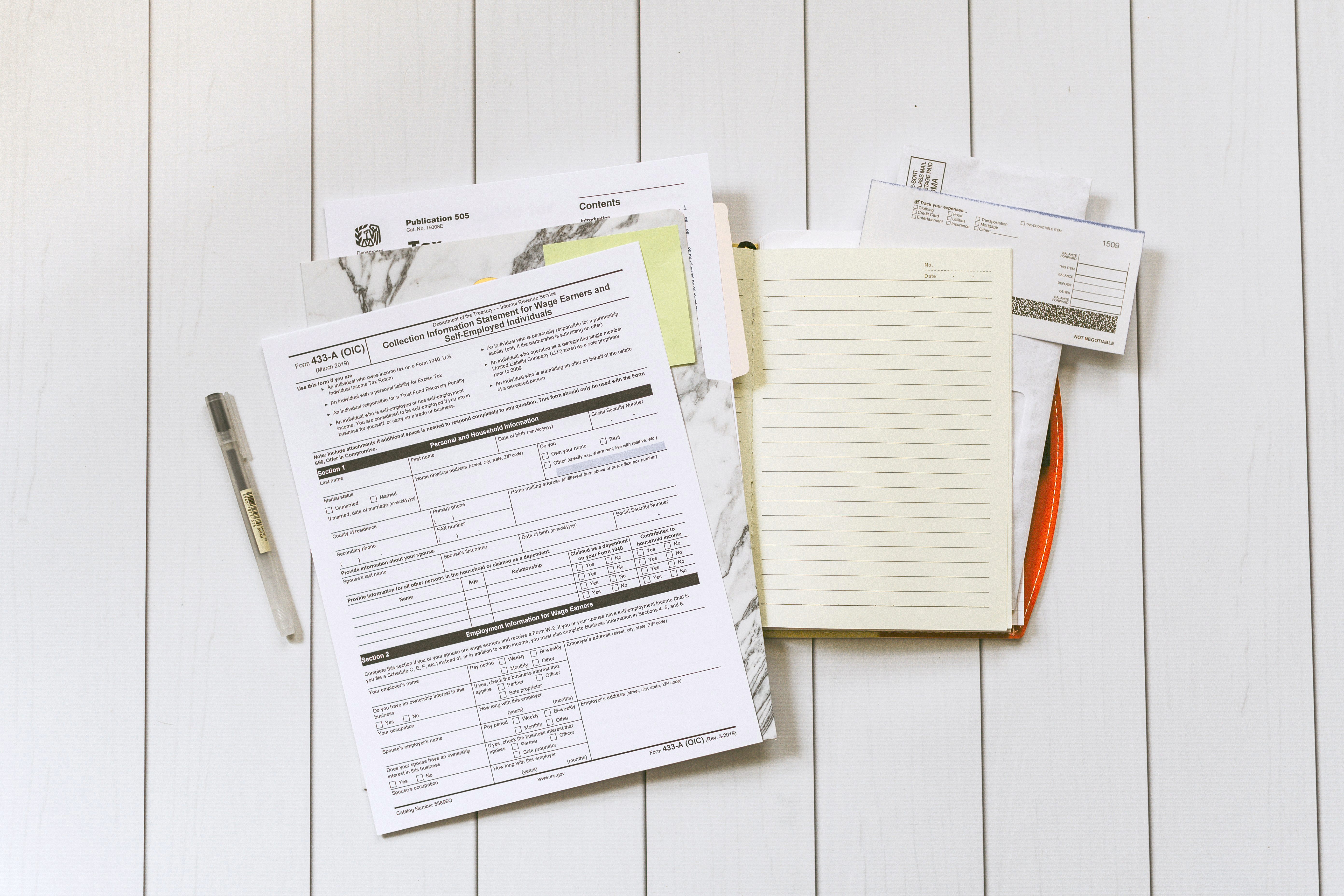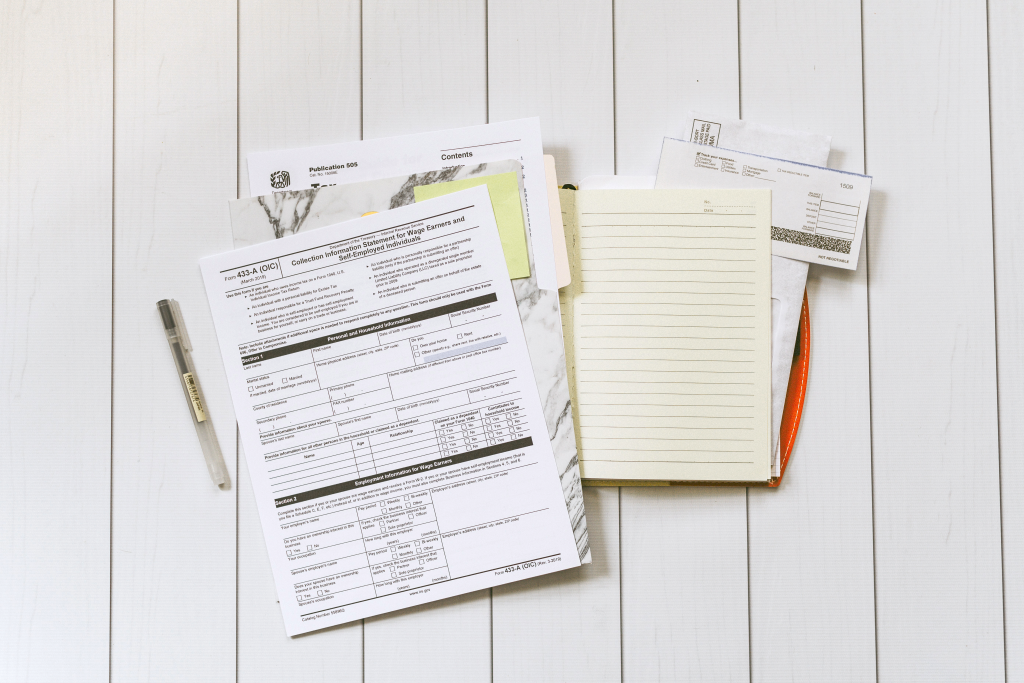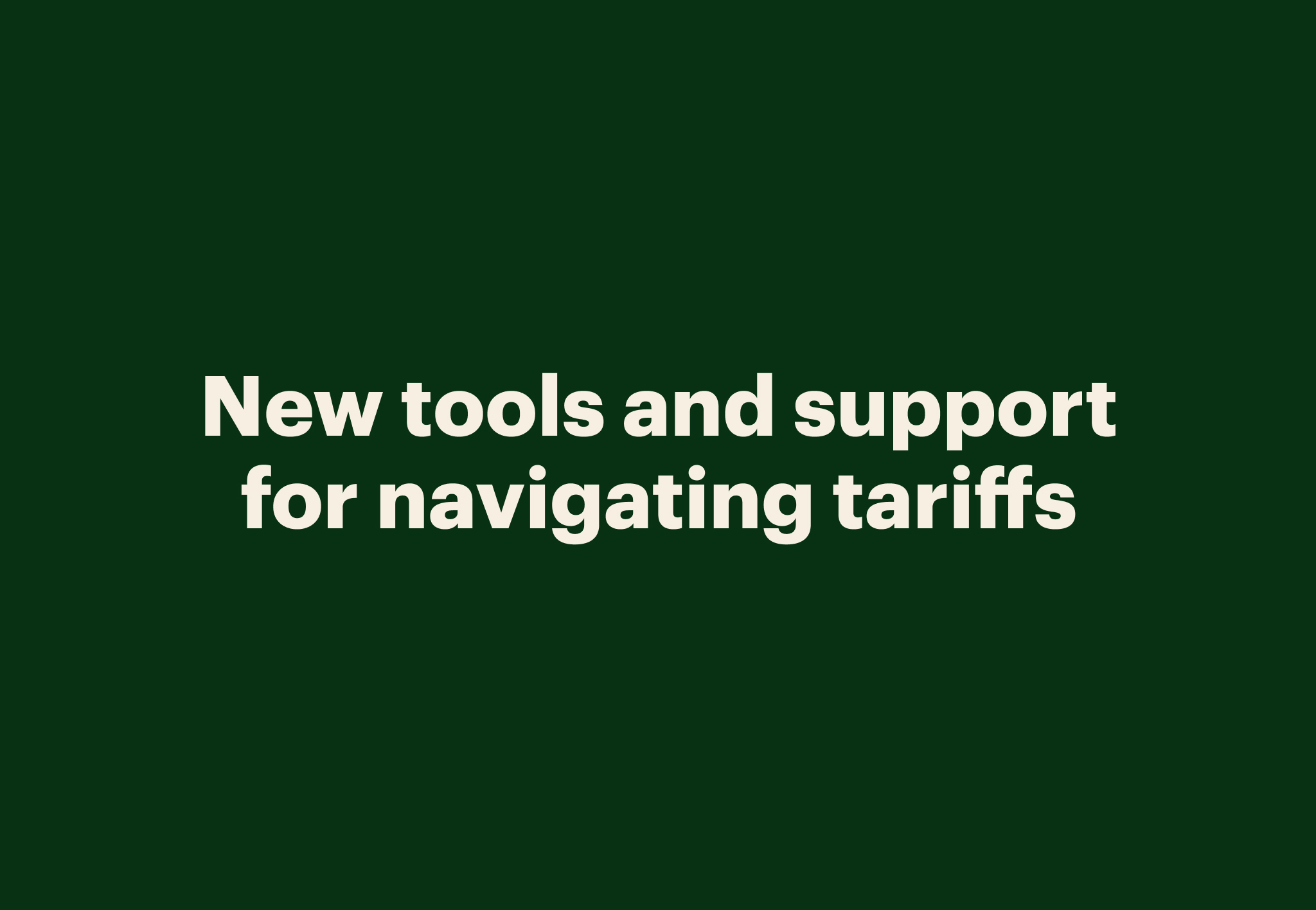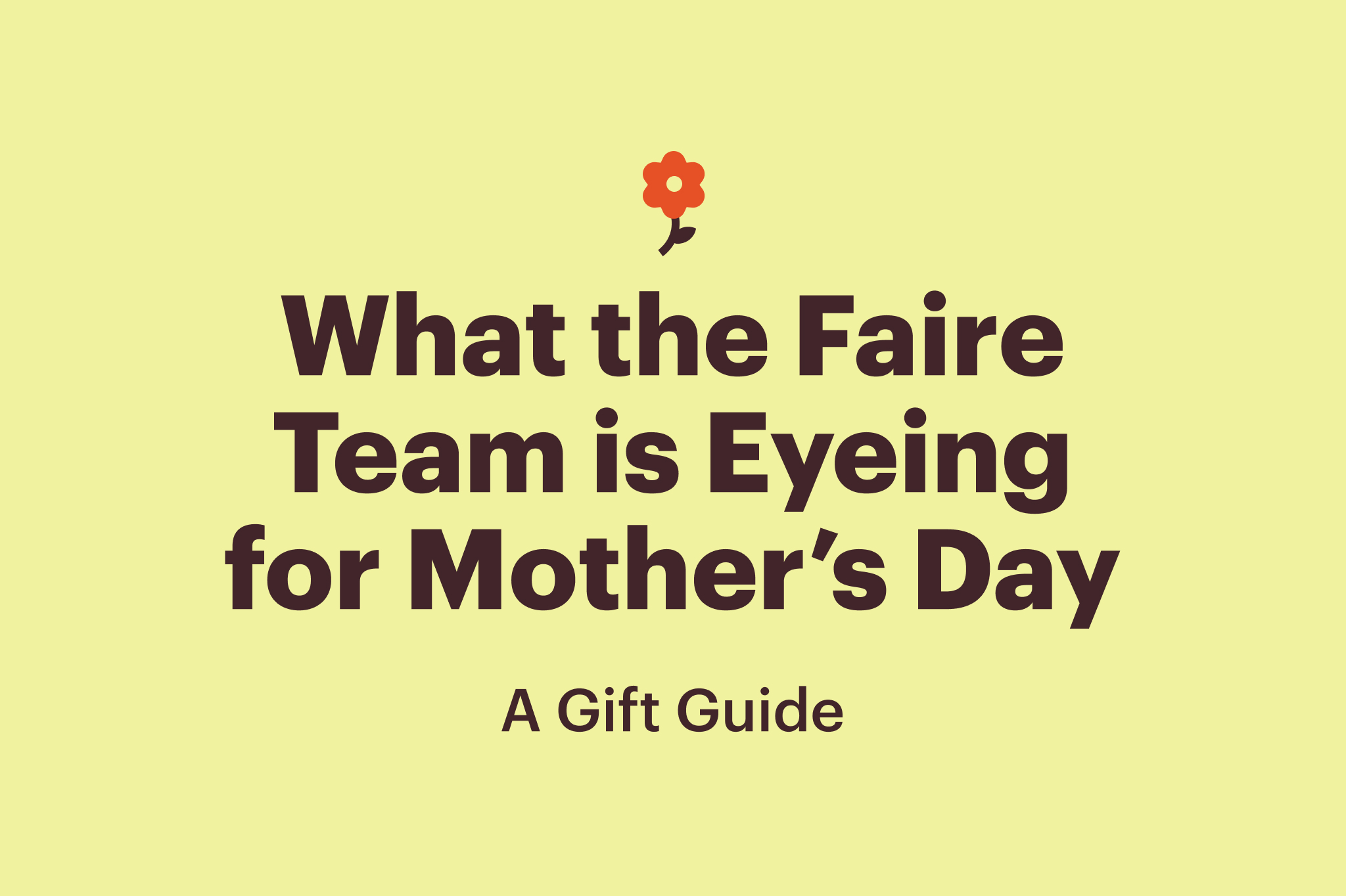

We’ve been surveying our customers on a weekly basis to understand the impact of COVID-19 on our community. Our survey results indicate that over 65% of Faire retailers and brands applied for the Economic Injury Disaster Loan (EIDL), Paycheck Protection Program (PPP), or both. In May, over 50% of respondents received a full or partial loan.
If you’ve received funding, now is the time to start thinking about loan forgiveness.
On May 15, the SBA released new information regarding PPP loan forgiveness, so we’ve laid out the most relevant information for you here. Additional guidance may be coming, and we will keep you updated as we learn more.
How do I receive loan forgiveness?
What is the application process?
Lenders are now accepting loan forgiveness applications. Your lender has 60 days from your application submission date to make a decision, so it’s in your best interest to submit a thorough and thoughtful application.
When completing the application, you’ll need to compile the following information from before February 15, 2020:
- Payroll documentation
- Proof of mortgage payments
- Proof of rent payments
- Proof of utility payments
Please note that even if you receive loan forgiveness, you may still have to pay taxes on the amount you received. We recommend speaking with your tax advisor to navigate this.
What qualifies for loan forgiveness?
Which expenses are eligible for PPP loan forgiveness?
At least 75% of your PPP loan needs to be used for payroll costs in order to qualify for loan forgiveness. Here’s what you need to know about eligibility:
- Payroll and covered expenses for employees: Eligible payroll costs can include salary, wages, and tips up to $100,000 annual pay per employee. In addition, covered benefits for employees can count as payroll costs, including health care expenses, retirement contributions, and state taxes that you pay on employee payroll.
- Payroll for yourself: If you are self-employed, your payroll (but not benefits) will count as payroll costs.
- Number of employees: In the eight weeks following loan disbursement, your average number of full-time employees must remain the same as it was pre-pandemic. You can choose to base this average on one of two time frames: either February 15, 2019–July 30, 2019 or January 1, 2020–February 29, 2020. Otherwise, the amount of the loan that’s forgiven will be reduced based on how many people you let go.
On the other hand, up to 25% of loan forgiveness can cover non-payroll costs that were in place before February 15, 2020. Eligible non-payroll costs include the following expenses:
- Mortgage obligations: This includes interest payments on your business mortgage obligation (excludes any prepayments or principal payments).
- Rent obligations: Rent or lease payments on your business.
- Utility payments: This covers payments on services for your business including electricity, gas, water, and transportation.
How much time do I have to use this loan in order to qualify for loan forgiveness?
Initially, it was announced that borrowers have eight weeks from the loan disbursement date to use their funding. However, the SBA’s May 15 guideline clarifies what can be done for expenses that are scheduled to be paid after that “covered period.”
- For payroll costs: The loan covers payroll costs paid and incurred during the eight-week covered period. Payroll costs that you incur but haven’t yet paid during that period are eligible for forgiveness if they are paid on or before the next regular payroll date.
- For non-payroll costs: To be eligible, non-payroll costs must be paid during the eight-week covered period or incurred during that time and paid on or before the next regular billing date.
What if I don’t qualify for loan forgiveness?
What happens if my expenses do not qualify for loan forgiveness?
It is possible that a portion of your loan is not eligible for loan forgiveness. If you need to pay back your loan, here’s what you need to know:
- Loan payments will be deferred for six months
- No collateral or personal guarantees are required, and you will not be charged fees
- Your PPP loan has a maturity of two years and an interest rate of 1%
Alternatively, please reach out to your lender if you do not wish to use the PPP loan you have received. There is no prepayment penalty if you pay back these loans early.
What happens if I receive both a PPP and an EIDL advance?
Small business owners in the U.S. can apply for an EIDL advance of up to $10,000. This advance is different from the PPP loan in that it will not have to be repaid and can be used to cover all business-related operating costs.
If you receive an EIDL advance and a PPP loan, you may need to refinance your funding together.
We’re here for you
We’re committed to helping you find the information you need to make important decisions about your business, and will provide more updates and trusted information as it becomes available.
If there’s any topic you’d like us to share, please let us know at story-tips@faire.com alias.




